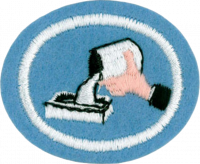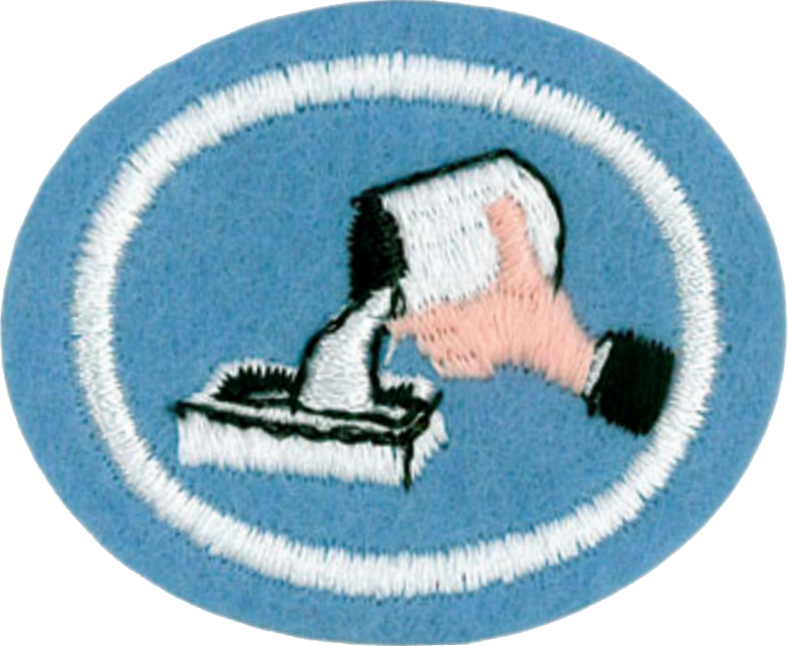Difference between revisions of "AY Honors/Plaster Craft/Answer Key/es"
From Pathfinder Wiki
< AY Honors | Plaster CraftAY Honors/Plaster Craft/Answer Key/es
(Created page with "</noinclude> <!-- 6. ¿Cuándo se aplica un sellador a un objeto de yeso y por qué? -->") |
(Created page with "</noinclude> <!-- 9. Moldear y pintar dos elementos adicionales de diferentes diseños. -->") |
||
| Line 13: | Line 13: | ||
{{clear}} | {{clear}} | ||
| − | + | {{clear}} | |
| − | |||
| − | |||
| − | + | {{clear}} | |
| − | { | ||
| − | |||
| − | |||
| − | |||
| − | |||
| − | |||
| − | |||
| − | |||
| − | |||
| − | |||
| − | |||
| − | |||
| − | |||
| − | + | {{clear}} | |
| − | |||
| − | |||
| − | + | {{clear}} | |
| − | |||
| − | |||
| − | |||
| − | |||
| − | |||
<noinclude></noinclude> | <noinclude></noinclude> | ||
| Line 89: | Line 67: | ||
{{clear}} | {{clear}} | ||
| − | + | <noinclude></noinclude> | |
| − | <noinclude | ||
| − | |||
{{CloseReq}} <!-- 8 --> | {{CloseReq}} <!-- 8 --> | ||
{{ansreq|page={{#titleparts:{{PAGENAME}}|2|1}}|num=9}} | {{ansreq|page={{#titleparts:{{PAGENAME}}|2|1}}|num=9}} | ||
| − | <noinclude> | + | <noinclude></noinclude> |
| − | </noinclude> | + | <!-- 9. Moldear y pintar dos elementos adicionales de diferentes diseños. --> |
| − | <!-- 9. | ||
| − | |||
| − | |||
| − | + | <noinclude></noinclude> | |
| − | <noinclude | ||
| − | |||
{{CloseReq}} <!-- 9 --> | {{CloseReq}} <!-- 9 --> | ||
| − | <noinclude> | + | <noinclude></noinclude> |
| − | </noinclude> | + | ==Referencias== |
| − | == | + | [[Category:Adventist Youth Honors Answer Book/es]] |
| − | + | <noinclude></noinclude> | |
| − | |||
| − | |||
| − | |||
| − | [[Category:Adventist Youth Honors Answer Book | ||
| − | <noinclude | ||
| − | |||
{{CloseHonorPage}} | {{CloseHonorPage}} | ||
Revision as of 21:38, 5 May 2021
Modelado en yeso
Nivel de destreza
1
Año
1967
Version
21.12.2025
Autoridad de aprobación
Asociación General
1
¿Cuál es el ingrediente principal del yeso de París?
2
Dar los pasos para vaciar (vertir) un objeto de yeso y prepararlo para ser pintado.
3
Conocer cómo eliminar las burbujas de aire de un objeto vaciado.
4
Saber cómo configurar el tiempo de fraguado, como puede ser aumentado o disminuido.
5
¿Qué precauciones deben tomarse para limpiar la mezcla y el equipo para vertir?
6
¿Cuándo se aplica un sellador a un objeto de yeso y por qué?
7
¿Qué clase de pintura es mejor para usar en objetos de yeso?
8
Pintar tres objetos que incluyan los siguientes diseños y técnicas o su equivalente:
- a. Flores (para mostrar sombras)
- b. Frutas (para mostrar resaltados)
- c. Animales (para mostrar líneas finas o detalles)
- d. Lemas religiosos (para mostrar letras resaltadas)
9
Moldear y pintar dos elementos adicionales de diferentes diseños.


